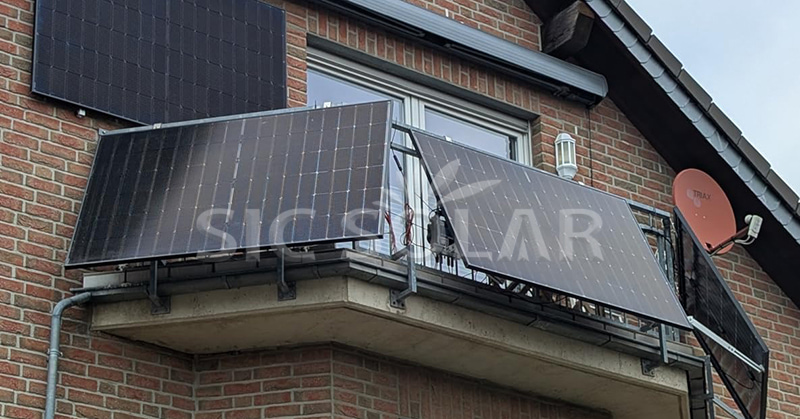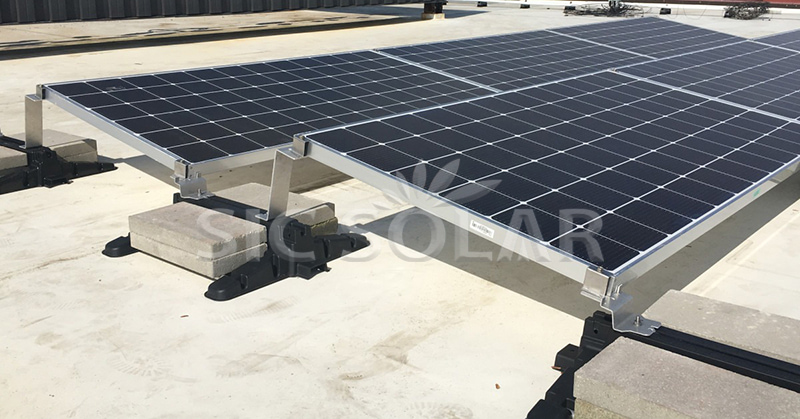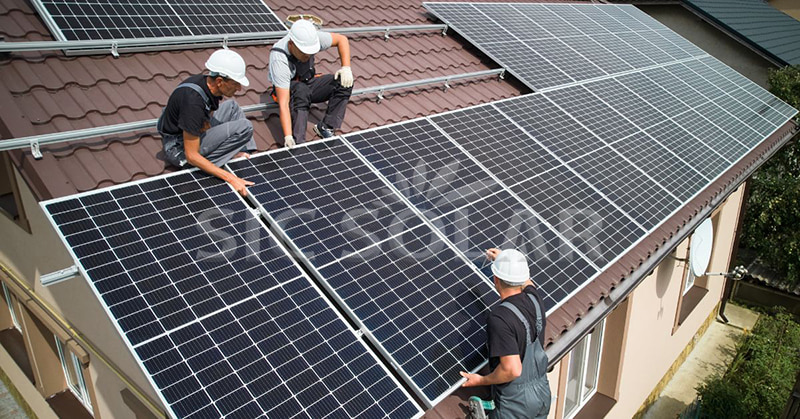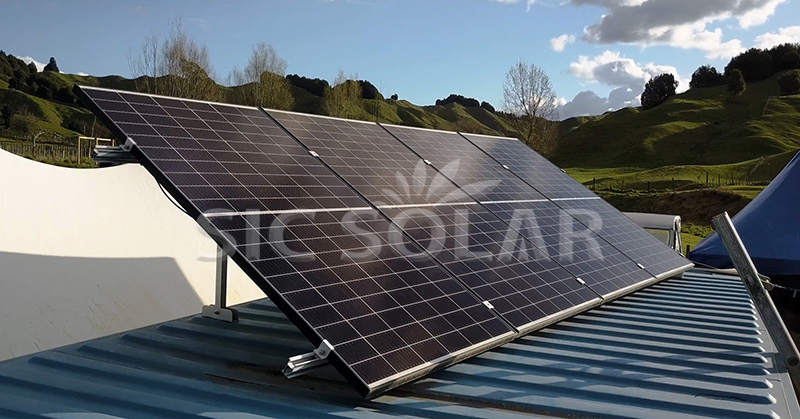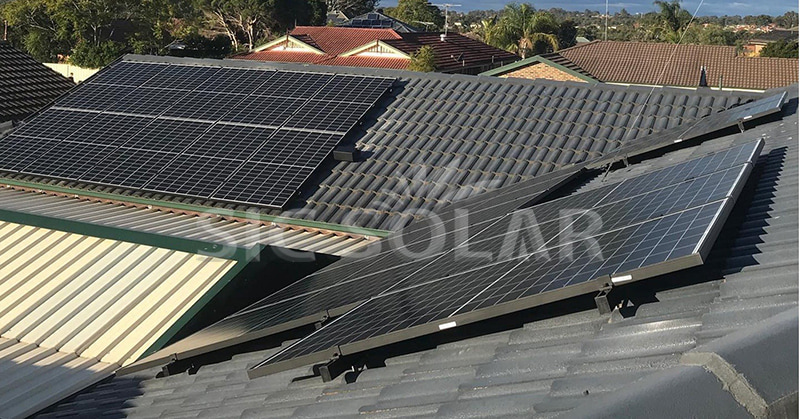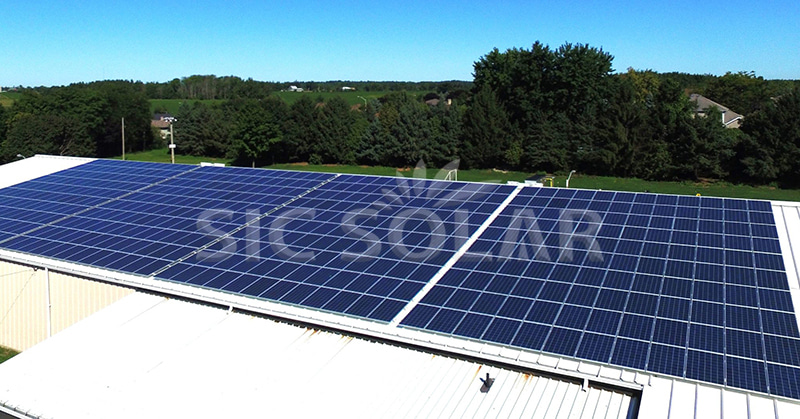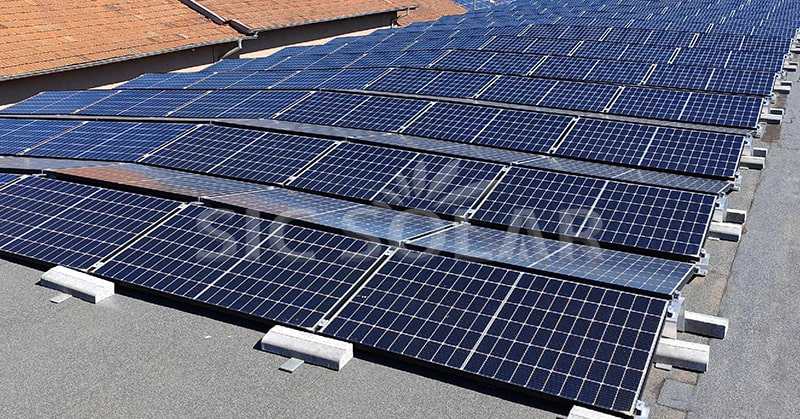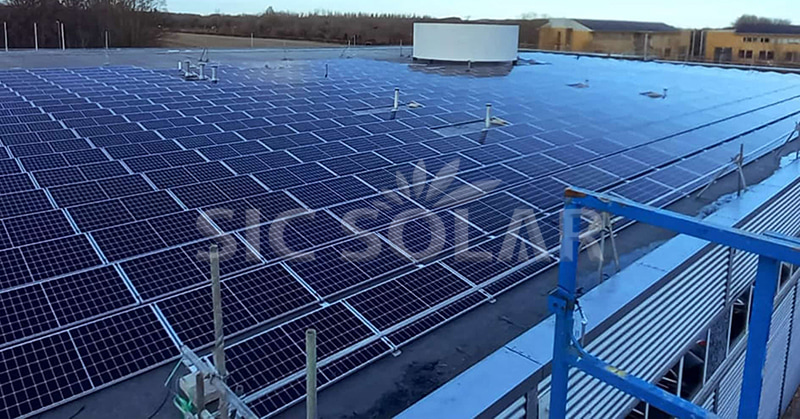Balcony solar systems, also known as balcony power plants or plug-in solar kits, are becoming increasingly popular among apartment residents and city dwellers who don’t have access to a roof. These compact systems allow users to generate their own clean electricity right from their balconies. But the question many ask is — is balcony solar really worth it?
In simple terms, yes, balcony solar can be worth it under the right conditions. These systems consist of one or two small photovoltaic panels mounted on a balcony railing or wall, connected to a microinverter and plugged directly into a home socket. The generated energy powers nearby appliances, reducing your electricity bills and your dependence on the grid.
The main advantage of balcony solar lies in its accessibility. Unlike traditional rooftop installations, there’s no need for major construction or professional installation. Many systems can be mounted easily using adjustable brackets or clamps designed specifically for balconies. Manufacturers such as SIC Solar, which produces high-quality photovoltaic mounting systems, offer reliable and easy-to-install solutions for these small-scale applications. Their brackets ensure stable installation even in limited spaces and under various weather conditions.
Another benefit is energy independence. While a balcony system cannot power an entire home, it can offset a portion of daily electricity use — running lights, chargers, or small appliances. Over time, these savings can add up, especially in regions with high electricity prices or incentives for distributed solar energy.
However, there are limitations. Space and sunlight exposure are the biggest factors. Balconies facing south with few obstructions are ideal, while shaded or north-facing balconies may see significantly lower output. Additionally, local regulations in some areas require permission from building management or energy authorities before installation.
Durability and safety are also important considerations. The mounting structure must be strong enough to withstand wind, rain, and vibration. This is where robust brackets from companies like SIC Solar play a key role. Their systems are made from corrosion-resistant materials and tested for long-term outdoor use, ensuring both safety and stability.
Balcony solar may not replace a full-sized rooftop system, but it offers a practical entry point into renewable energy for those living in apartments. It allows individuals to contribute to sustainability efforts, reduce power costs, and gain a sense of energy control — all from their own balconies.

